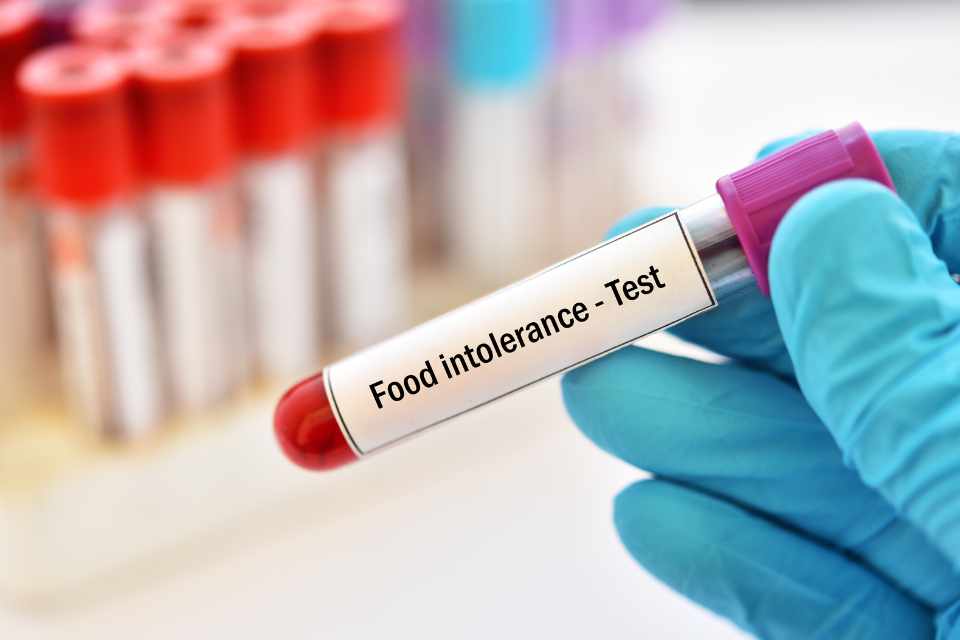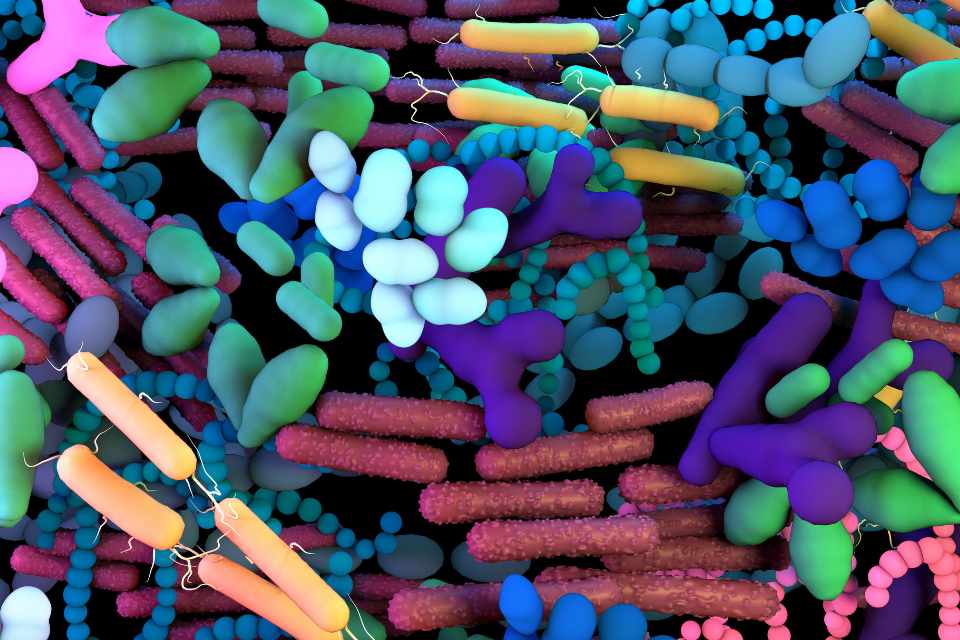Food intolerance testing has become more popular over the last decade, and more tests are available. But how useful are they? I will explain your options.
In the past few years, food intolerance testing has become increasingly popular. But why should you test for intolerances? And, what do these tests tell us?
What is food intolerance?
Intolerances happen when your body doesn’t process certain foodstuffs correctly. You may notice some uncomfortable symptoms after eating if you have an intolerance. But not always. And, so you may be unclear about what is happening.
While herbalists were busy helping people identify their intolerances decades ago, the science only caught up in 2004. And, because it takes time for the scientific evidence to filter through to medical doctors, many still denied a link for years.
Now, lactose, dairy, fructose, and gluten intolerance are more familiar. But still, many people are still told they have irritable bowel syndrome, and there is little further investigation.
It is easy to see why. Because the most common symptoms of intolerances are bloating, gas, stomach pain, diarrhoea, and constipation. All the symptoms of IBS.
Yet, identifying the items that trigger your symptoms is vital if you have an intolerance. Because this means you can reduce or eliminate them. And people who suffer from intolerances often feel better after they stop eating their triggers.
What’s the difference between food allergy and food intolerance?
Let’s get clear on the differences between food allergies and intolerances.
True food allergies are an immune system hypersensitivity reaction to a specific food allergen protein in a particular foodstuff. These physical reactions can be immediate and life-threatening. Foods that cause allergies can trigger reactions in people with no previous history of allergies. You may experience rapid development of symptoms like swelling or itching around the mouth or eyes, difficulty breathing, vomiting, diarrhoea, rash, fever and even death. And, because symptoms are generally immediate, they are usually not challenging to identify.
On the other hand, intolerance occurs when the digestive tract does not properly process foodstuffs. If you eat the problem item, you won’t usually show immediate symptoms, and you may not feel unwell for several hours or even a couple of days after eating it. And this is why intolerances are generally harder to identify. So, intolerances tend to cause chronic problems with an unknown cause.
What are the symptoms of food intolerance?
Digestive problems such as bloating and flatulence, nausea, diarrhoea or constipation, stomach cramps, heartburn or acid reflux are common. Some people might also have weight loss, headaches, fatigue, skin rashes and eczema.
Depending on what you are intolerant to, there will be different responses. And to make things even more confusing. You may not have a reaction when you eat a small portion, but a larger portion causes you problems.
To stop the problem, you only need to limit or avoid the offending food, but first, you must identify it.
Causes of intolerance
There are different types of intolerance and, therefore, different causes. A person’s reaction to a particular foodstuff depends on many factors, including genetics, diet, environment and lifestyle.
For instance, lactose intolerance occurs when the digestive system does not break down lactose properly. This is sometimes an example of a genetic cause. In many parts of the world, especially in Asia, most adults lack the enzyme lactase, which breaks down lactose in dairy products. However, lactase deficiency can also result from damage to the gut lining. In either case, the lack of enzymes means lactose is not digested and causes digestive symptoms such as diarrhoea.
Food Intolerance Testing
Simple and easy-to-use food intolerance tests are available, and they are popular because they promise to identify problematic foods. In theory, all you need to do is send a small blood sample to the lab. And from this blood test, the lab will produce a list of problem items for you to avoid eating.
These labs use antibody testing to identify gut immune system responses to items you eat. And, in some cases, avoiding these items will work.
However, the immune system constantly samples the contents in the gut and may produce IgG antibodies to foods. But, because the sampling happens all the time as part of your body’s normal immune surveillance, you will always produce antibodies to foods you eat. So, these tests will always show some level of ‘food intolerance‘, even to those items that are not causing you any symptoms.
It is not uncommon to have dozens of items flagged up as problematic. And most likely, these will be the ones that you eat most of the time.
Of course, if you avoid eating all these items, you may also eliminate those that did cause your problems in the first place. So, in effect, the problem is solved. But it’s not really.
Will you continue to avoid all these items forever? Can you create a balanced diet from the ones you are still allowed to eat? In fact, the risk is that many people develop nutritional deficiencies because they are not eating in a healthy balanced way anymore, which leads to more problems.
How to identify problem foods the right way
A simple elimination diet will help determine your sensitivity to certain foodstuffs. This is what we call the gold-standard method of identifying adverse reactions to food, meaning it is the best way we know.
Elimination diets lack the most commonly problematic foods. So, you will need to be strict and eat only those listed on the restricted diet for a few weeks. Usually, this would be a minimum of three weeks. During this time, you would keep a food diary. Noting down the meal items you ate and any symptoms you have.
Typically, over a few weeks, symptoms will dramatically reduce. If they subside but still remain after three weeks, you could extend the elimination diet period until symptoms go away completely.
Or, if your reactions to eating stay the same, you may need advice about a stricter form of elimination diet. And this is where the information in your diary can help to identify which items could still be causing you problems.
You are likely only intolerant to one or two items. So once your symptoms are gone, you can start to add some of the foodstuffs back in. The re-introduction phase can take time because you should be methodical. You are only adding one item back at a time. Even to the extent that you only try adding back one per week. Keep using your food diary to help you keep track.
If you eat a particular food and your symptoms come back, then avoid that food. Wait a few days, and then try a portion of different food. And so on.
This way, you will identify the foods that cause you problems.
What to do after you identify your intolerance
Once you know the food that causes you problems, you can continue to avoid it indefinitely.
However, some but not all intolerances can go away. So, periodically you could try a small amount. For instance, after six months, you could try adding the item back at one meal. If you have no symptoms over the next four days, then it is likely that you could tolerate the food again in the portion size that you tried in your test meal.
Do you still need help figuring this out?
If you feel that you would like help working through this process, please don’t hesitate to get in touch.








0 Comments